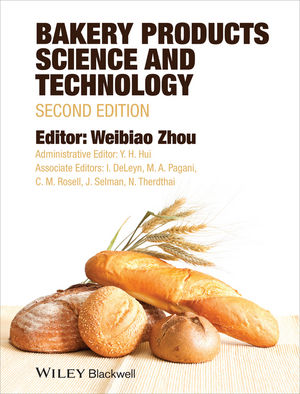![]()
Are you Season-Savvy?
Celebrate the opportunity to manage seasonal candy sales
more strategically.
by Renee Covino
Everyone in the confections business knows that one of the constants
in seasonal candy is change — the constant rotating of various holiday candies
to come one right after the other. The joke among consumers is that the day
after Christmas, Valentine candy is available, and on February 15th, they can
start buying Easter treats. Of course to retailers, it’s no joke; it’s a planned
strategy to make the most of each season. Even so, there is opportunity to improve
sales mid- and late-season.
In a recent presentation on seasonal candy trends, Tom Joyce,
director of consumer and industry affairs at Hershey Foods Corp., shed some
light on how consumers’ seasonal candy shopping patterns have changed, and what
that means to candy manufacturers and retailers. Of particular interest are
Joyce’s following points.
Compression/Pricing. Seasonal
compression is occurring in the industry, meaning that volume is shifting
among the last three weeks of the selling season. According to research by
IRI, just under 11 percent of total seasonal dollar sales have shifted into
the last three weeks prior to the holiday. Apparently, purchase
patterns are becoming more volatile during the last three weeks because of
poor training on the retailers’ part.
“By consistently promoting seasonal candy at ‘hot’ price points
during the final week of the season, retailers are training repeat purchasers
or consumers who typically purchase later in the season, to wait until the last
week,” says Joyce.
“A more productive strategy would be to use
‘hot’ price points to entice early and mid-season purchases,
which would drive repeat purchases” (due to the likelihood of
consumers eating the candy bought earlier). What’s really wrong with
the current strategy is that “ironically, consumers who are desperate
in the last few days probably would be willing to pay more,” Joyce
maintains.
Along with these pricing strategies, retailers are
also encouraged to leverage complementary categories (both edible and
non-edible) to drive feature and display activity and become the seasonal
shopping destination.
Assortment. Newness and name brands count in seasonal. According
to the IRI research, new items, including Limited Editions, were responsible
for 100 percent ($537 million) of total category growth. Also, the top 15 brands
contributed greater than half of total sales for each season. These both add
up to retailers making the assortment as fun as possible, according to Joyce.
Channel Blurring. Seasonal sales account for 28 percent of annual
candy category sales in food, drug and mass merchandise channels. Last year,
seasonal sales in these channels were down 1.5 percent, according to IRI. But
shopping patterns are changing here, too — with more consumers making seasonal
candy purchases in unmeasured, alternate channels.
“General consumer shopping patterns are shifting
towards one-stop shopping locations or super centers, price discounters or
dollar stores, and specialty large-scale retailers or home/improvement and
crafts stores,” says Joyce.
“These retailers carry the key seasonal confectionery pack-types,
tie confections to related categories and provide a fun seasonal consumer shopping
experience,” Joyce adds.
Supply Chain Efficiency. The
complexity of seasonal buying requires the employment of key operational
strategies, namely early ordering (lead time) and delivery to optimize
distribution, and ordering the right quantities to ensure an in-stock
status and minimize markdowns. A buyer for a regional drugstore chain
anonymously revealed that he is working with certain seasonal candy
manufacturers to decrease the case pack quantities of seasonal products to
eliminate markdowns.
“I had to mark down over half of my No. 1 Valentine’s Day item
simply because too much was shipped to each individual store. Smaller master
case packs are the answer.”
|
||||||||||||||||||||||||||||||||
|
||||||||



